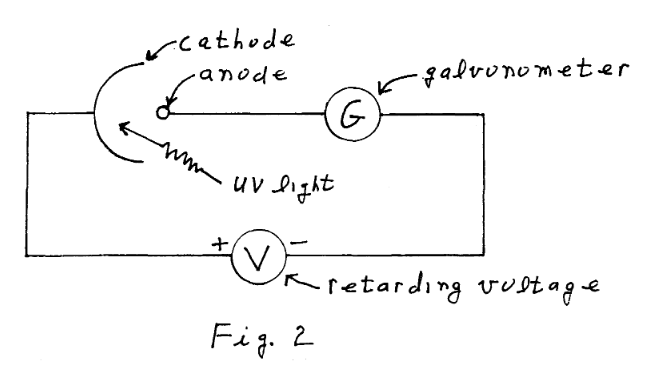In the experiments for photoelectric emission, the light is incident on one face of the emitting plate, for example the anode, when determining the stopping potential. The electrons are emitted by this face of the plate. Why are the electrons emitted in the direction of the incident light, and not opposite to it?
In this answerIn this answer the energy momentum balance is solved and one sees that in the photoelectric effect most of the incoming momentum of the incident photon is taken up by the much heavier nucleus. The electrons get detached from the atom, or the lattice where they were bound but their direction will depend on the fields around the material from which they were detached.
So it will depend how one will gather those electrons that the photons detach, which are close to the surface or within it free with very small momentum.
The design of photocathodes is based on the 3-step model. In this approximation, the photoelectron emission is divided in three separate steps: (1) photoabsorption or excitation, (2) transport of excited electrons to the surface, and (3) passage through the surface and escape. To maximize quantum efficiency, attention is given to each one of the steps. Large excitation results from materials with large density of electrons states close to the vacuum level, e.g., high electron density and low photoelectron threshold. The excited electrons may lose energy during transport to the surface and so their flux is attenuated. The attenuation is less for materials where inelastic electron scattering is hindered, like insulators or wide band-gap semiconductors. Finally, a low surface barrier is required for maximum escape.
In the simple experiment for demonstrating the effect, it is easier to attract the electrons on the side of the incoming photons.
Please read up for more detail. This figure shows a simple diagram where the cathode is the element on which the light shines and releases photoelectrons.
Both the cathode and the anode are in a closed vacuum. For the polarity of V shown in the figure the voltage on the anode tends to repel photoelectrons emitted by the cathode and it is called a "retarding" voltage. With a reverse polarity on V electrons will be attracted to the anode.

